Half a decade ago, Nintendo unveiled the Nintendo Switch, the successor to the Wii U that, unbeknown to us then, would quickly lift them out of the dry patch caused by their struggling console. Not to say that the Wii U was bad, in fact, I absolutely adore mine and hosted some amazing titles, it just didn’t sell very well or got frequent enough support from other developers.
The past five years have seen a range of fantastic titles and a new way to play, touting its ability to be used on a TV screen or on the go. The console also received a hardware variation back in 2019, the Nintendo Switch Lite, which introduced a handheld only console for those always on the go with a smaller budget. In addition to the Lite, a revised model was released earlier that year with an improved battery and more efficient CPU.
This year introduced another new version in the form of the Nintendo Switch OLED Model. This upgrade includes features such as a larger screen, crisper visuals, improved audio, and more. Will this new model shine bright in the hands of gamers, or is it nothing more than a dull glimmer of an upgrade? Find out in our review, after the break!

Nintendo Switch OLED Model
Developed by Nintendo PTD
Released: 8th October 2021
Review unit provided by Nintendo UK
Please note, I will not be discussing the basic functions of the Nintendo Switch in this review. If you would like to read our review for the Nintendo Switch from 2017, you can do so by clicking here!
First impressions of the upgraded model greatly exceed those of the OG Switch. The OLED model looks and feels so good and I haven’t even turned it on yet. The build feels a lot sturdier than the original model, and generally feels more like a luxury product… to be fair, at an RRP of £309.99, it kinda is!

One thing I noticed is how the fan grating at the top has been modified with smaller gaps and a sturdier grate. It was quite weak on the previous model to the extent the grate on my console started breaking apart after a year or so of continuous use.
Looking at the back of the console, the small, flimsy, and removable kickstand is no more. Replacing it is a sturdier stand that takes up the entire width of the device. This means that your Switch shouldn’t just randomly fall over if used on an uneven surface, heck, you can even stand it up on your mattress while lying in bed… something I definitely have not been clamouring to do for years now!

In addition to the wider kickstand, there is also resistance to opening it out, meaning you can now use it at many different angles. This was something that was lacking from the original and would often trash my neck on long train journeys, but now I can change to a more comfortable angle. I just hope that the resistance doesn’t wear away and become more flimsy after rigorous kickstand usage. If I could make one improvement, it would probably be to add a connection point in the middle just to prevent any potential warping, though that is probably unlikely to happen.
Even the dock looks and feels a lot nicer. Though the same size as the previous dock, it just looks a lot sleeker somehow. It’s also completely compatible with non-Lite versions of the Nintendo Switch. The back panel is no longer on a hinge and can just be removed completely, so don’t be surprised when you go plugging it in.

Speaking of plugs, the new dock now replaces one of the three USB slots with an Ethernet port instead, offering a direct choice for a wired internet connection. Though you do lose a USB slot, let’s face it, you were probably just using it for an Ethernet adapter anyway! Saying that I do appreciate that some users may be using that slot for something else, so it may come as a bit of an inconvenience. It’s worth noting that an ethernet cable does not come included with the console, so you will need to provide your own for a wired connection.
The console itself is pretty much the same size as the original model but this time utilises the bezel to increase that screen real estate from a 6.2’’ LCD display to a 7’’ OLED one. On paper, it probably seems like a very small improvement, but in reality, it feels like it does make quite a big difference.

The main star of the show however isn’t the size of the screen, rather the fact that the console now incorporates an OLED display, an absolutely beautiful one at that! Everything played on this screen now looks so much better, especially bright and vibrant games such as Splatoon 2 and Tetris Effect Connected. Witnessing this screen firsthand has even led me to prefer playing games such as Metroid Dread in handheld mode, the display is perfect for this title!
If you don’t mind a temporary burning of the retinas, we dare you to turn off auto-brightness then turn the display up to maximum brightness. Though it may disturb your neighbouring passengers on a dark train or plane, this is actually very useful for playing outside. The increased brightness prevents too much glare from the sun.

Not only has the display received improvements, but the audio too has received an upgrade. Every sound in handheld/tabletop is louder and clearer, of course, you still have the option to use a pair of headphones, even wireless ones will work thanks to a recent firmware update.
Another improvement boasted by the OLED model is that the internal storage has now been doubled from 32GB to 64GB. You can still expand this further by using a microSD card. You can plug one in using the slot situated behind the kickstand. The position does make me wonder if extra protection of the slot would be useful to prevent accidental removal in the instance someone decides to play in handheld mode with the kickstand out. The card does fit snug in the slot so hopefully, that shouldn’t happen.

When playing in TV mode, other than the addition of the ethernet port, the console runs relatively the same as previous models. The bulk of the improvements revolve entirely around the console’s portable modes.
One thing I’ve noticed about the JoyCons that were bundled with the console is how the face buttons were a bit flatter on the top, an observation I am sure that probably makes no difference whatsoever. One thing I would like to point out, however, is that my right JoyCon’s casing seems to be a bit loose on the right side. After conferring with other OLED owners though, it seems that this was likely a rare defect during manufacture. Other than that, there doesn’t seem to be any other changes; we shall have to wait to see if JoyCon drift has been addressed.

The Nintendo Switch OLED Model has clearly been created with handheld players in mind without abandoning TV mode akin to the Switch Lite. The screen, though still outputting a resolution of 720p is an absolute visual delight, especially with games such as Animal Crossing New Horizons, Metroid Dread, and Tetris Effect Connected (seriously, you need to get all three of those games). The model also boasts a bunch of extra quality of life changes that are hugely appreciated, such as a wider and sturdier kickstand, improved audio, and an integrated ethernet port.
If you do not have a Nintendo Switch, or if you have a Switch Lite and would like to add an option to play on the TV, then I would definitely recommend getting the OLED Model, it is definitely worth that extra £30 or so difference from the original model. If you own a regular Nintendo Switch, then it’s a bit more difficult to recommend upgrading unless your console is falling apart, doesn’t last longer than a couple of hours off charge, or is used primarily on the go. Hopefully, you can make an informed decision from our review if that is the case, though please note that our score reflects solely on the situation you do not own a Switch just yet.
Final rating – 4.5 out of 5
The Nintendo Switch OLED Model is out now.
I am a huge Nintendo fan, hence why NintyBuzz exists. I especially love all things Zelda and Metroid. NintyBuzz was started by me back in the Summer of 2014, it started out mainly as a hobby, though the site has gradually grown, and I hope it grows for many years to come!




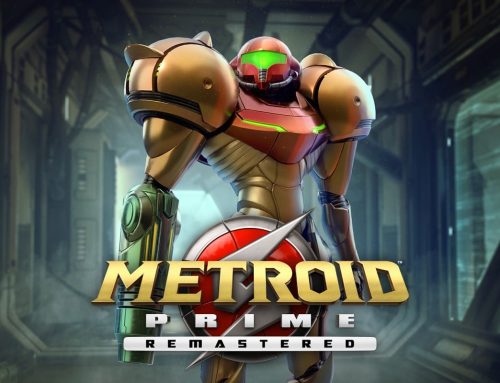

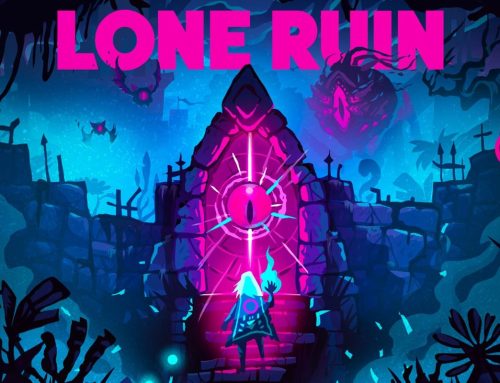

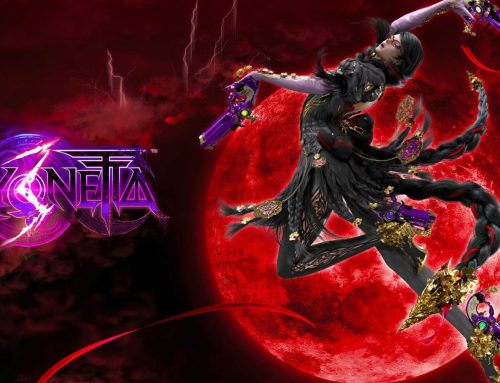
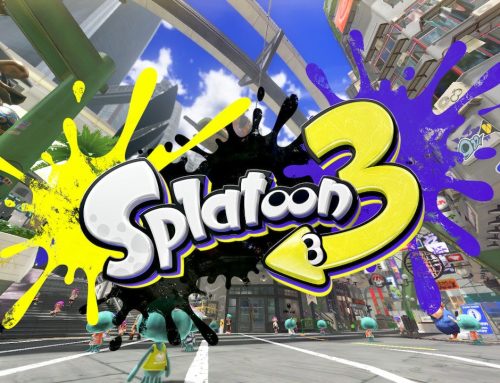

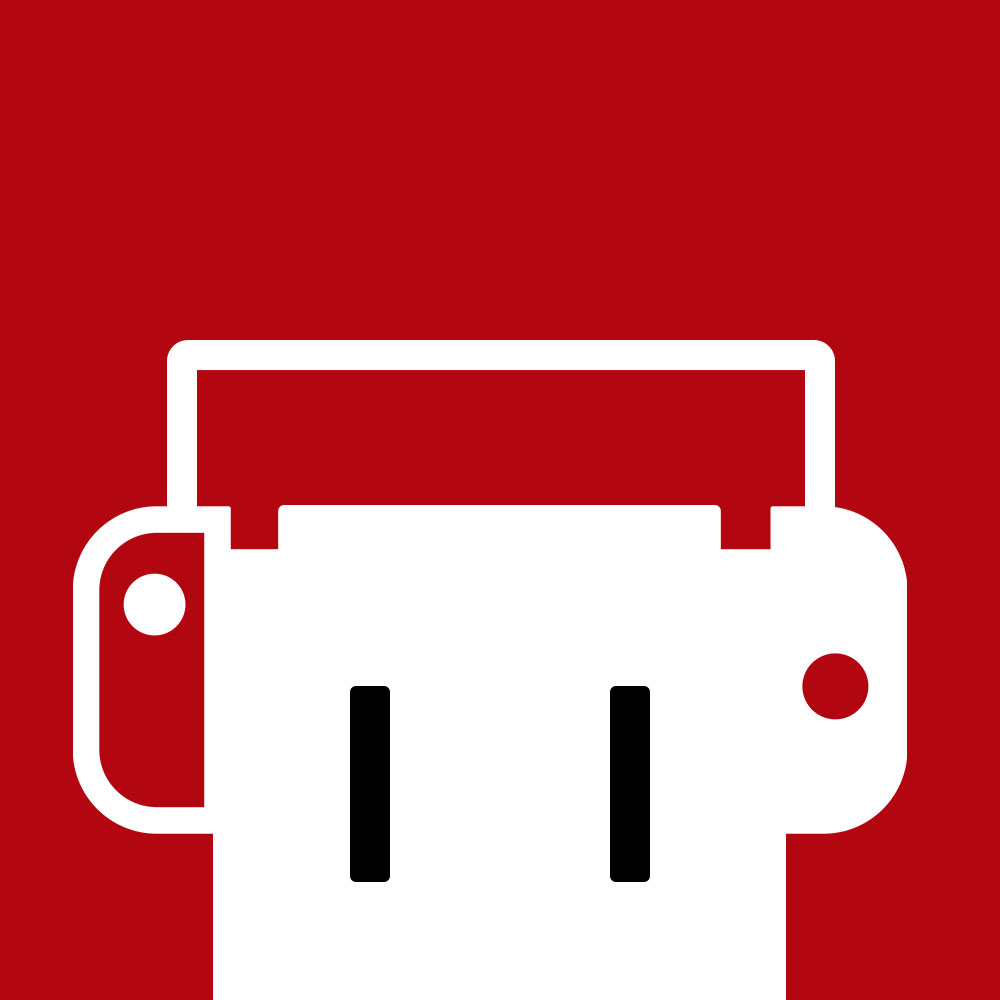
Leave A Comment
You must be logged in to post a comment.